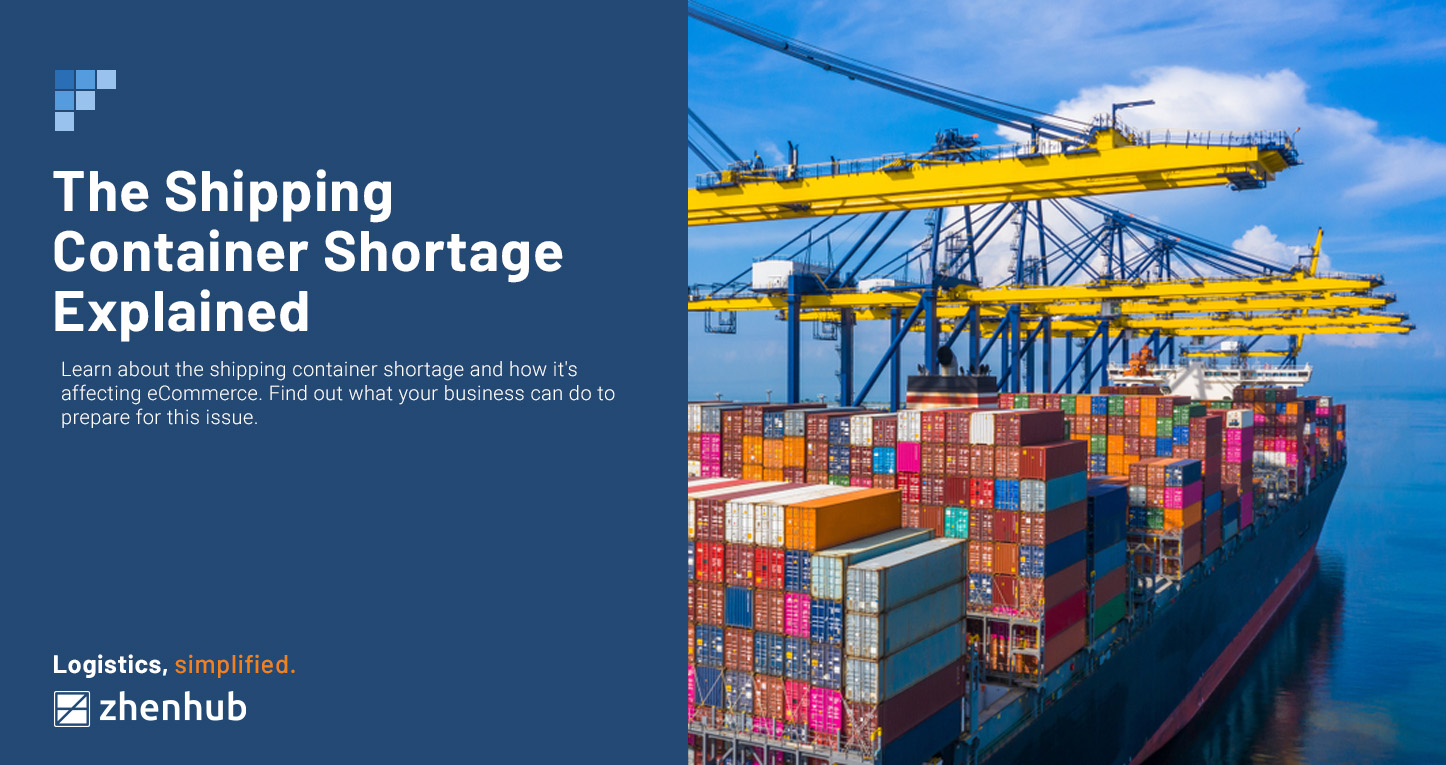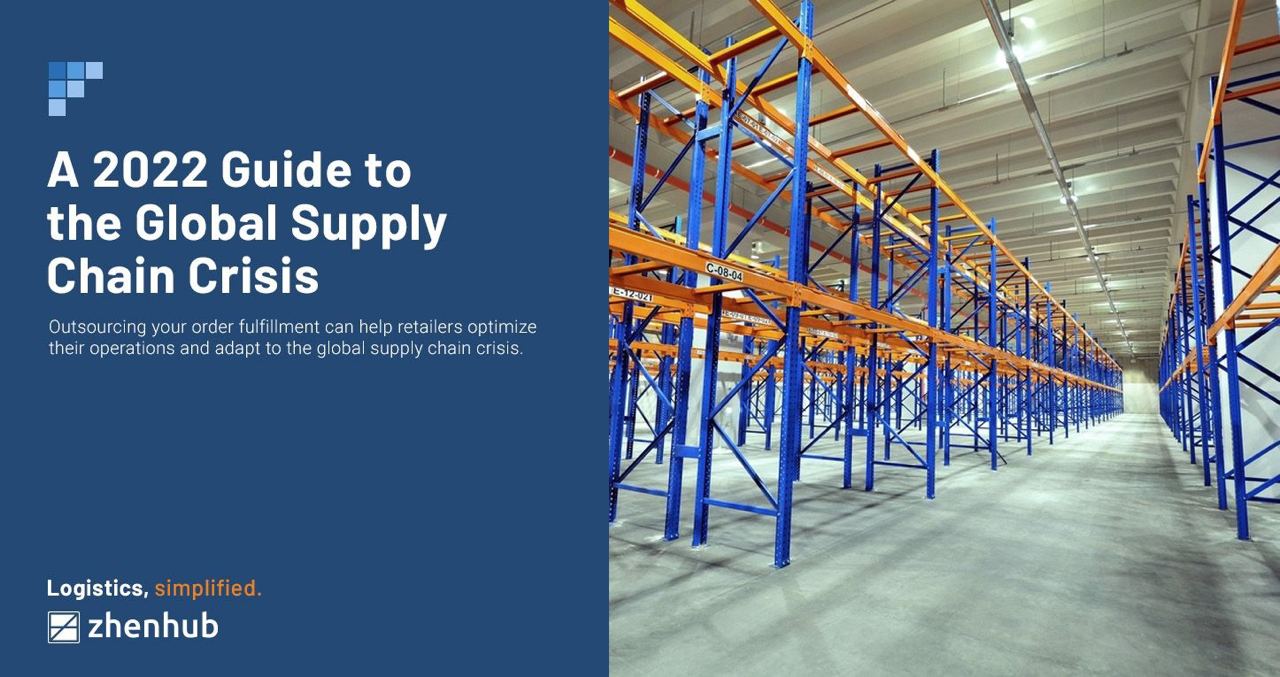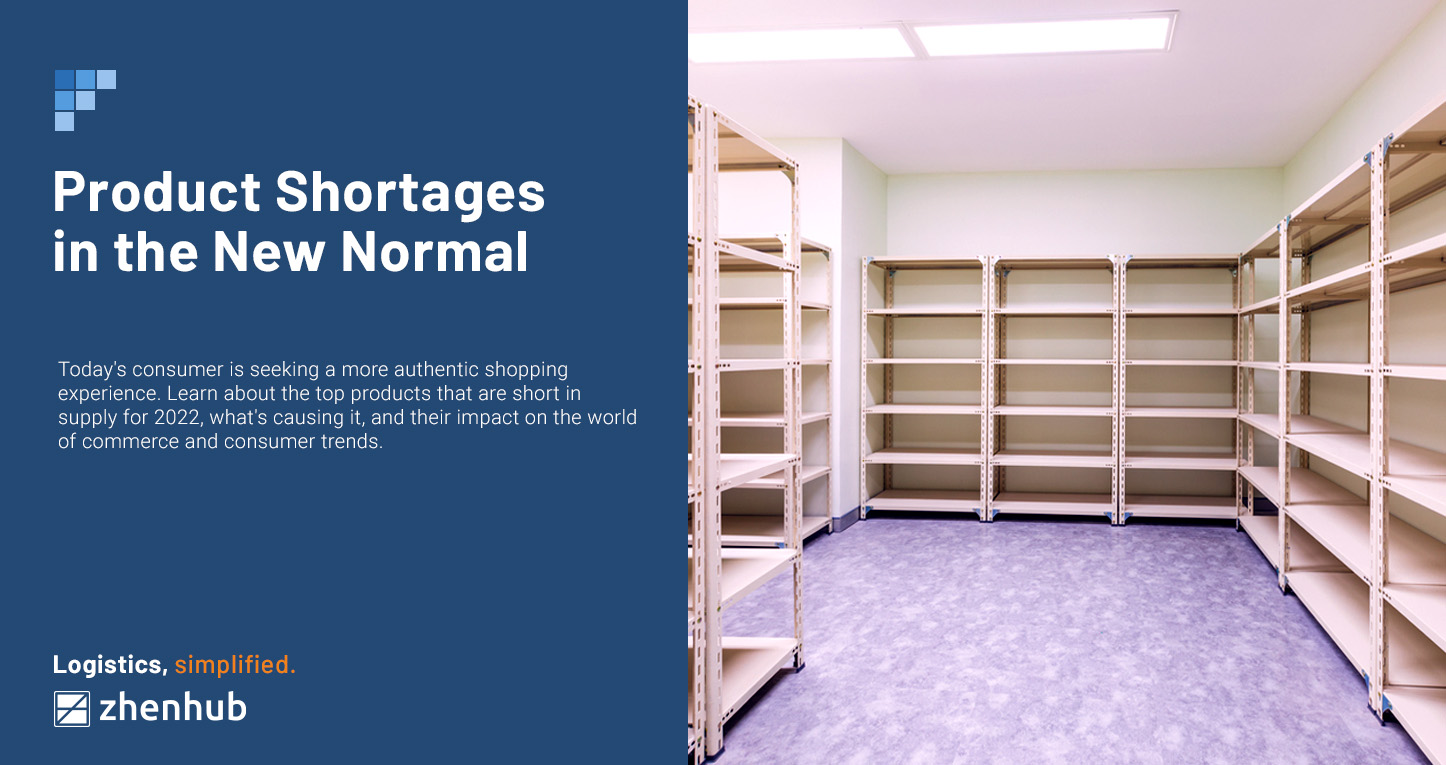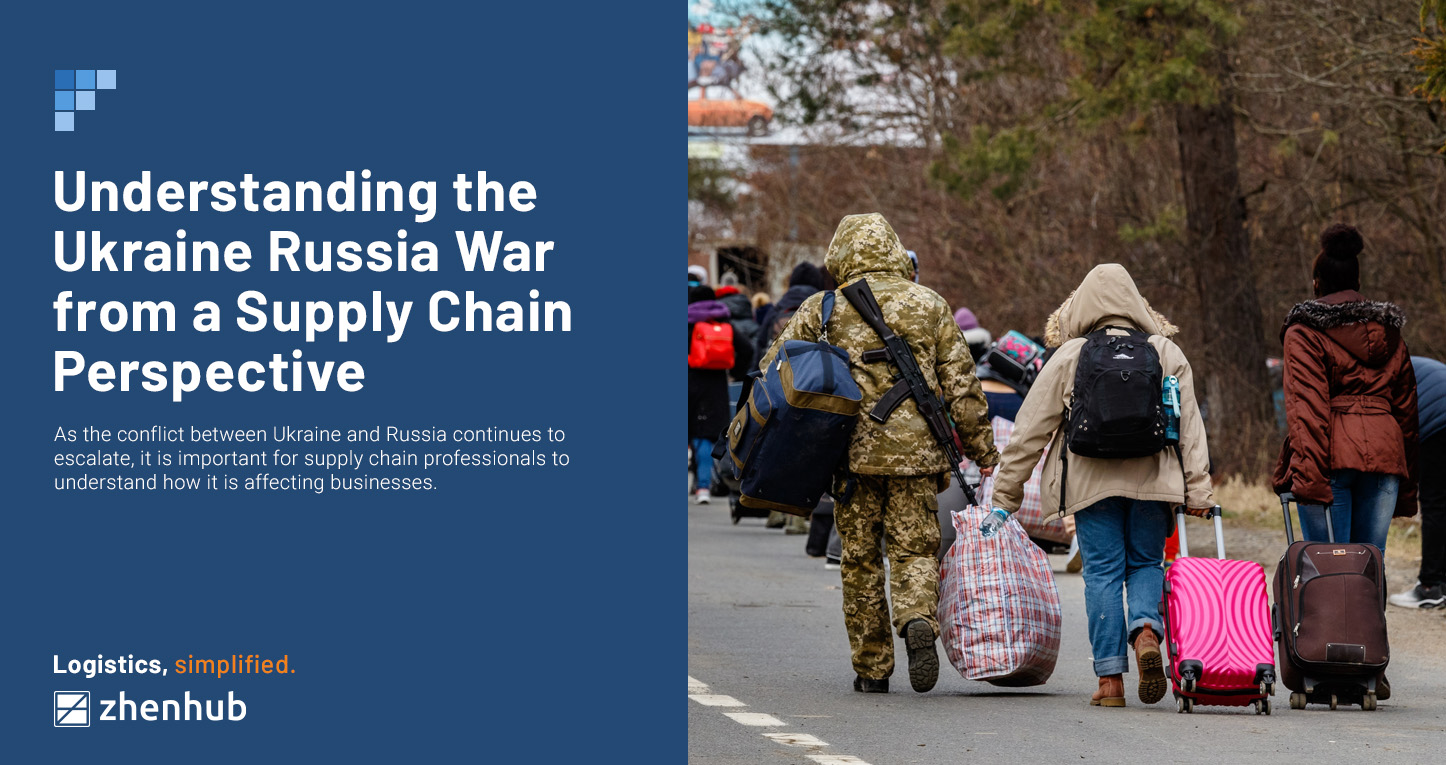
The Shipping Container Shortage Explained
Time to read: 6 minutes
Shipping containers are essential to global trade. Without these metal stackable storage systems, all goods and products won’t reach their destinations. But what happens when there’s not enough of them to go around? That’s the current situation- the shipping container shortage that businesses and traders face, causing shipping delays and disruptions.
These steel boxes have served as the backbone of supply chains around the world since the 1950s. From the 1980s onward, shipping containers were a cheaper and faster solution to bridging foreign markets together. Containers are crucial for efficient trade, handling large volumes of goods such as clothing, heavy equipment, raw materials, and so much more.
However, businesses and governments are now at a loss on properly managing hundreds of ships stranded and stuck in port limbo due to various issues caused by the COVID-19 pandemic and the global supply chain crisis.
We will discuss the chain of events that have caused this unusual scarcity of shipping containers and what the industry is doing to solve it.
The Origins of the Shipping Container Shortage
Worldwide lockdowns caused by the COVID-19 pandemic in 2020 placed restrictions on movement, leading to drastic changes in consumer consumption. The demand for goods such as home office supplies, electronics, and medical supplies grew exponentially. Many manufacturing hubs for these items shut down due to their location in China and Asia, which was ground zero for the pandemic.
Factories suspended operations, and global supply could not meet the demand. Ports did not have enough staff operating their stations, as COVID-19 outbreaks forced workers to go into isolation. These unforeseen complications caused numerous delays in unloading goods, the first signs of the current supply chain crisis.
Shipping containers typically follow a set route, called a string, with particular activities done at every stop. These containers often change hands and are handled by several forwarders. These will get loaded onto different ships for weeks and months, often carrying merchandise from various businesses. Containers can be “recycled” in the sense that once they have finished their string, they get sent back to their port of origin. It’ll be filled with items again and then begin its route anew.
Before the pandemic hit, it wouldn’t be uncommon for ships to sail back to Asia with nearly their entire cargo of containers being empty, ready for reuse. That all changed in 2020. These same ships would only be carrying half of their usual capacity, with many of the containers stuck at their terminals.
Fast-forward to the end of 2020. Factories and manufacturers have begun to open as governments try to jumpstart their economies and avoid further costly losses. Vaccines also start to circulate, strict health protocols get implemented, and more people go to work onsite.
As lockdown measures relax, marine traffic picks up. However, the time it takes for container ships to finish their routes is increased from 60 days, stretching to well over 100 days due to capacity cuts in Europe and the US.
This limited capacity meant that logistics companies no longer picked up containers at shipping terminals and storage facilities. The easing of lockdown restrictions varies among different countries, resulting in an imbalance of containers, with Asian markets lacking supply and European or North American ports swamped with empty boxes.
The Shipping Container Shortage: Where Are We Now?
Experts were optimistic that the shortage would ease up going into 2022 with the uptick in container production. It didn’t pan out as production only saw a marginal growth of less than 7% in 2021.
Containers are still stuck inland, with not enough ships to move them around. John Fossey, head of container equipment and leasing research for London-based Drewry, said that there are more than enough containers to handle global trading volumes. It is a different story in practice. He explained that availability in several parts of the world has become incredibly tight because many containers are stuck in the wrong place.
Janet Porter, editorial board chair of Lloyd’s List, a London-based maritime information service, explains, “The reason there’s a shortage is that a lot of them are stuck on ships that are waiting outside ports because of this supply chain crisis. Those containers can’t be moved back to where they’re needed.”
Several other factors define the shipping container shortage in 2022:
- Inflated Shipping Costs
Container shipping rates have steadily risen in late 2021, with prices being the highest in four years. Freight rates, including surcharges from the East have more than doubled. Handling costs for a 40-foot container can reach highs of US$20,000, which is 20 times more expensive than the reverse trip.
These surges have been attributed to labor losses, too much demand, dwindling supply, and ever-changing COVID-19 restrictions.
The well-documented blockage of the Suez Canal in March 2021 forced ships to take much longer alternate routes, detours that have added hundreds and thousands in fuel and other costs.
- Port Congestion
Companies aren’t unloading shipping containers fast enough to be sent back to their point of origin. This problem is most evident in US West Coast ports in Los Angeles and Long Beach. As dock workers struggle to process and unload products, many ships get forced to anchor away from shore, idling as they wait for their turn.
It’s gotten so bad that the US Government has had to step in by suggesting the ports maintain 24/7 operation.
There is a staggering difference between containers received and those exported for reuse. Due to the lack of storage for incoming goods and the rising shipping cost, nearly 60 out of every 100 containers continue to accumulate at major trading hubs, not generating any income.
- Labor Shortages
According to Sea-Intelligence, a firm that provides market intelligence on global supply chain issues, many dockers were infected during the COVID-19 surges late last year and at the start of 2022. It hampered productivity as fewer teams were left to handle a massive inventory backlog.
China’s policy of mandatory seven-week quarantine for returning cargo crews and a two-week waiting period for vessels have forced many ships to reroute, causing additional delays and incurring extra costs. As a large majority of shipping container production comes from China, it has severely disrupted the supply chain to other countries.
Sea shipping continues to be the dominant mode of transportation for goods, and experts believe this crisis will continue into the foreseeable future. The good news is that businesses can adopt strategies and best practices to help navigate the shortage.
Solutions for the Shipping Container Shortage
Container makers have upped their production numbers to combat the shortage, and logistics companies have used record profits to expand their businesses. While conservative, analysts from A.P. Moller-Maersk A/S, believe that ship backlogs will begin to ease up in the second half of 2022.
Chief Executive Officer Soren Skou explains, “We are guiding in an environment where we are coming out of a pandemic, and we don’t have much experience with that, to be honest. So we are saying we expect quite a strong first half of 2022, and then we expect what we call a normalization early in the second half.”
One such example is Hapag-Lloyd investing technologies to modernize their fleet. But in the meantime, they’ve committed themselves to reroute their resources to where they are needed the most. The 5th largest shipping company has taken to repurposing refrigerated boxes to meet the demands of shipping container shortage.
An online business can consider alternatives to the standard steel boxes; tricons, bicons, and quadcons which are smaller than your standard containers. Their smaller sizes can be more cost-efficient, especially when fulfilling single orders from customers.
Cutting down on logistics costs can go a long way, primarily when you work with a third-party logistics (3PL) partner. A shorter supply chain leads to reduced shipping costs and faster turnaround times. 3PLs will also have access to global networks allowing for alternative sourcing and shipping routes. They will also have partnerships with trusted couriers, allowing for bulk discounts as well as multiple storage options for your items.
Digital technology such as supply chain management software offers valuable data and analytics. Utilizing tech allows retailers to forecast and adjust their schedules based on projected consumer demand and transparency regarding current inventory. The added oversight helps identify key inefficiencies in a process that can be dealt with before it causes any delays for a business. Planning ahead of time helps circumvent the long waiting times, and ordering your goods in advance will help manage customer expectations.
A.I. programs are possible ways to run simulations for new processes without the hassle of delays and possible human error.
MeetKai CEO James Kaplan says, “The nice thing about AI, and just in general about any type of machine learning, is that it’s very easy to test historically. We can go back in time and look at the price to ship a unit across the sea from any route that you want to talk about. We can build a model that predicts that and see how well it’s actually performing.”
The pandemic won’t end anytime soon, so it’s reasonable to assume that the shipping container shortage will continue for the foreseeable future. These containers will remain a precious commodity for manufacturers and businesses. Therefore it will be crucial to keep tabs on any news and events related to the crisis to make timely decisions that will minimize the impact on operations.
ZhenHub has access to a global network of fulfillment partners and integrations to many online eCommerce markets. We offer cost-efficient and high-tech software solutions from complex to simple logistics processes. Sign-up for free and experience worry-free global market expansion.


